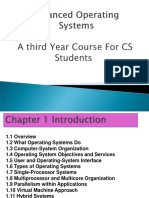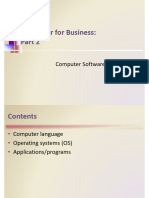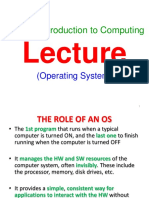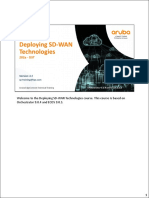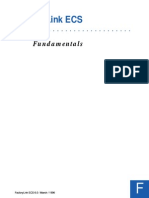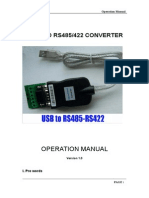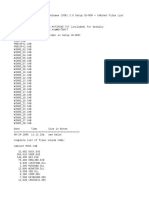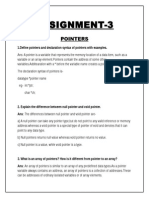0% found this document useful (0 votes)
41 views33 pagesNew 04-Program Execution and Operating Systems
Uploaded by
samah adelCopyright
© © All Rights Reserved
We take content rights seriously. If you suspect this is your content, claim it here.
Available Formats
Download as PDF, TXT or read online on Scribd
0% found this document useful (0 votes)
41 views33 pagesNew 04-Program Execution and Operating Systems
Uploaded by
samah adelCopyright
© © All Rights Reserved
We take content rights seriously. If you suspect this is your content, claim it here.
Available Formats
Download as PDF, TXT or read online on Scribd
/ 33






